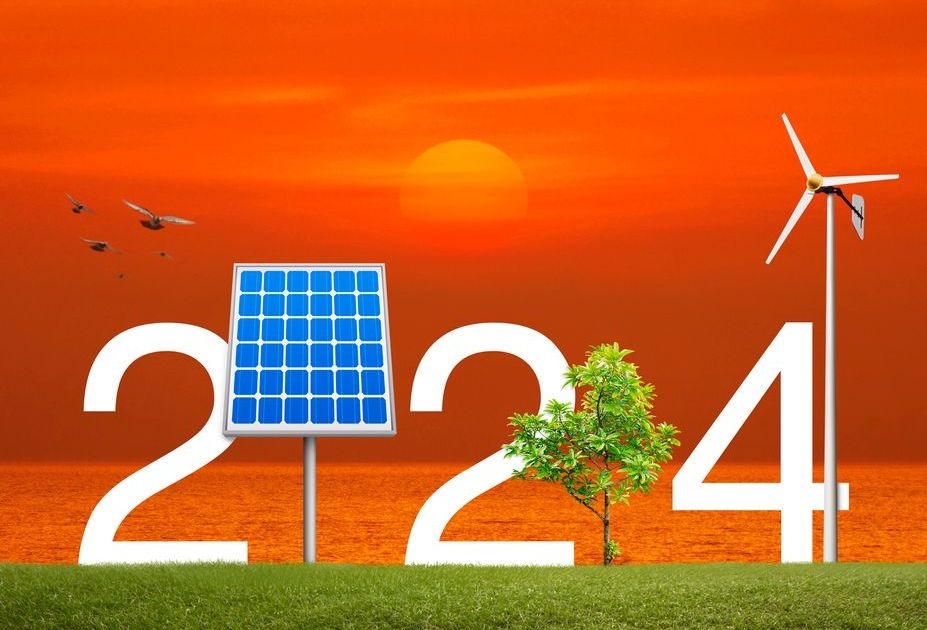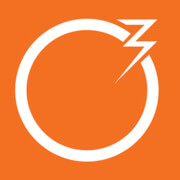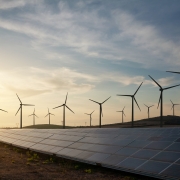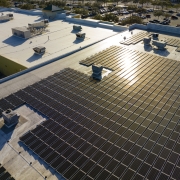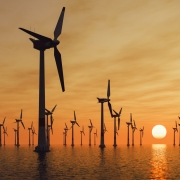Embracing the Future: Top 10 Renewable Energy Trends for 2024
Embracing the Future: Top 10 Renewable Energy Trends for 2024
As the world continues to prioritize sustainability and combat climate change, the renewable energy sector is experiencing rapid growth and innovation. From advancements in technology to shifts in policy and consumer behavior, the landscape of renewable energy is constantly evolving. In 2024, several key trends are shaping the industry, driving progress towards a cleaner, more sustainable future. Let’s explore the top 10 renewable energy trends for this year:
- Solar Power Dominance: Solar energy continues to lead the way as one of the fastest-growing sources of renewable power. Advancements in solar panel efficiency and decreasing costs have made solar energy increasingly competitive with traditional fossil fuels.
- Wind Energy Expansion: The wind energy sector is also experiencing significant growth, with new offshore wind projects and advancements in turbine technology driving expansion. Offshore wind farms, in particular, offer vast potential for generating clean energy.
- Energy Storage Innovation: Energy storage technologies, such as batteries and pumped hydro storage, are becoming increasingly crucial for integrating renewable energy into the grid. Innovations in storage technology are making renewable energy sources more reliable and efficient.
- Electrification of Transportation: The electrification of transportation, including electric vehicles (EVs) and charging infrastructure, is gaining momentum. As the demand for EVs continues to rise, renewable energy sources are becoming essential for powering these vehicles sustainably.
- Green Hydrogen Production: Green hydrogen, produced using renewable energy sources, is emerging as a promising solution for decarbonizing sectors such as industry and transportation. Advances in electrolysis technology are making green hydrogen production more efficient and cost-effective.
- Policy Support and Incentives: Governments around the world are implementing policies and incentives to promote renewable energy adoption and combat climate change. Supportive policies, such as renewable energy targets and carbon pricing mechanisms, are driving investment in clean energy infrastructure.
- Distributed Energy Resources: Distributed energy resources, including rooftop solar panels and community microgrids, are reshaping the energy landscape by enabling greater decentralization and resilience. These localized energy systems empower consumers to generate their own clean energy and reduce reliance on centralized grids.
- Digitalization and Smart Grids: Digital technologies and smart grid solutions are optimizing the integration of renewable energy into the grid, enhancing efficiency, reliability, and flexibility. Artificial intelligence (AI) and Internet of Things (IoT) applications are revolutionizing how energy is generated, distributed, and consumed.
- Circular Economy Initiatives: The concept of a circular economy, where resources are reused, recycled, and repurposed, is gaining traction in the renewable energy sector. From recycling solar panels to repurposing wind turbine blades, circular economy initiatives are reducing waste and environmental impact.
- Corporate Renewable Energy Procurement: Increasingly, corporations are committing to sourcing their energy from renewable sources as part of their sustainability goals. Corporate renewable energy procurement through power purchase agreements (PPAs) and renewable energy certificates (RECs) is driving demand for clean energy and accelerating the transition to renewables.
In conclusion, the renewable energy sector is undergoing a transformative period, driven by technological innovation, supportive policies, and growing consumer demand for sustainability. By embracing these top 10 trends for 2022 and beyond, we can accelerate the transition to a cleaner, more sustainable energy future for generations to come.

 How Solar Eclipses Impact Solar Energy and Power Grids
How Solar Eclipses Impact Solar Energy and Power Grids